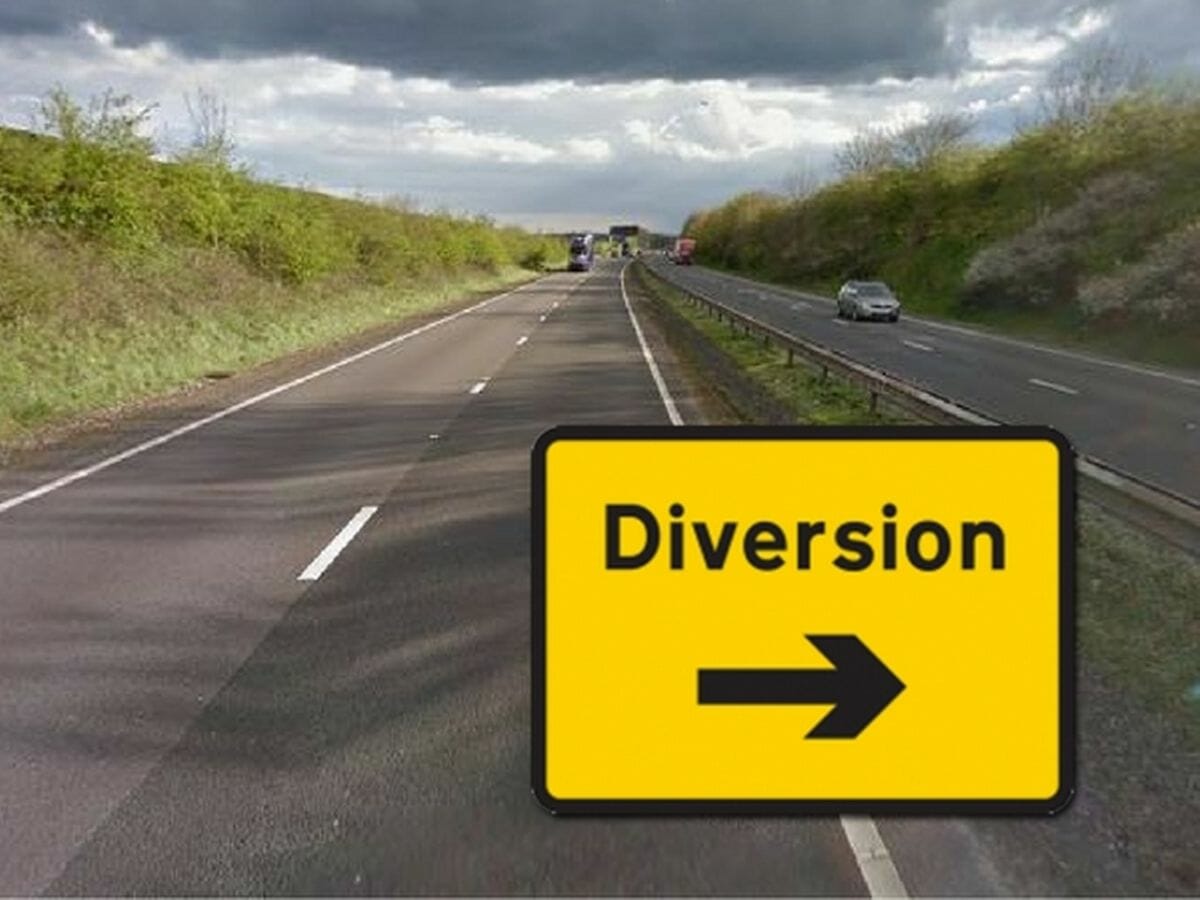
Shopper Marketing – think of it as a diversion
Three things you need to understand to improve return on shopper investment.
Your target shoppers are coming to the store, category or fixture with a purpose in mind. Implicitly or explicitly, they buy because they are meeting a need. One already considered (tea for the kids) or one that has yet to be considered (I’m peckish).
If shopper marketing is to deliver a return on investment it has to change the process that would otherwise be taking place – the default. As we see in our data, the shopper has to alter their journey to buy something different or more of something – to increase the category or store profitability. Marketing that just supports existing behaviour may have a role to maintain our sales, but is unlikely to pay back expensive activations.
That’s why one way to consider your plan is as a diversion.
A diversion has three key characteristics.
- It happens on the pre-existing journey
- It grabs attention
- It takes you on a different path to get to the same destination
Let’s consider each in turn.
1. It happens on the pre-existing journey
First, it takes place on the existing journey. Easy when it’s a diversion because of roadworks, that’s a given. But for a purchase journey, the first task of the shopper marketer is to understand the path to purchase the target shopper is taking now.
We need to interrupt them at the right time and place to make sense.
One simple illustration is that for a planned purchase the interruption must be early, for an unplanned it can be very late.
The other thing we have to understand about the journey is the destination. For us, the question is: what is the need we are meeting? Again, easy if you are travelling to City X. More tricky if you are trying to find something for tomorrow’s dinner.
The more we know about the ”destination” the more we can shape our shopper marketing to fit the existing thoughts the shopper has already developed.
2. It grabs attention
Second, attention grabbing. We know so much about habitual shopping and “system 1” thinking (if there is such a thing), for sure a supermarket is a busy and complex place. We have to fight for attention. For a road diversion, we might need the help of cones, flashing lights and big yellow signs!
There are two aspects of grabbing attention. One is simple: attractiveness, visual interest, colours, shapes etc the things that punch into our awareness more easily. The second is relevance. We need to connect to the mission the shopper has, because if we do their brains will help us. That piece of our subconscious that is scanning the environment for anything helpful to our cause will pick out images or messages that fit the ideas we are already primed with.
As in part one, we need to understand the shopper’s needs as best we can to connect with them.
3. It takes you on a different path to get to the same destination
Third, we must change their path. For a road diversion, the alternative route may be fairly clear. But in a supermarket, it could be tricky.
It’s hard to get a shopper to go a long way away from their existing purchase point/category. It may be difficult even to get them to scan further along a shelf. Our shopper glasses video analysis work show just how “sticky” attention can be to well-known items. But there are shortcuts. We can look at complementary items where our product has a logical “fit”. We can activate close to our competitors. We can put our displays in high traffic and attention areas. We can “advertise” on the route a shopper takes from entrance to our category.
It’s our task as the shopper marketer to map out what we expect the shopper to do, and activate accordingly. If we can’t articulate the diversion we intend, how can we expect them to?
Crucially, the diversion has to get them directly to the need the shopper has. However lovely our marketing idea, the odds are against us if we are not pushing at that open door – the shopper’s existing need.
Perhaps the simplest “thought model” is this:
You were going to buy X because you needed Y. But seeing our marketing, you bought Z instead – because you now thought it would deliver Y better today.
Of course, this model can apply to everything from a price promotion to a display.
Pulling it all together. You need to understand the shopper’s mission. Then to know their default current pathway/pattern. Then you decide where best to interrupt this and what to say to trigger the intended diversion.